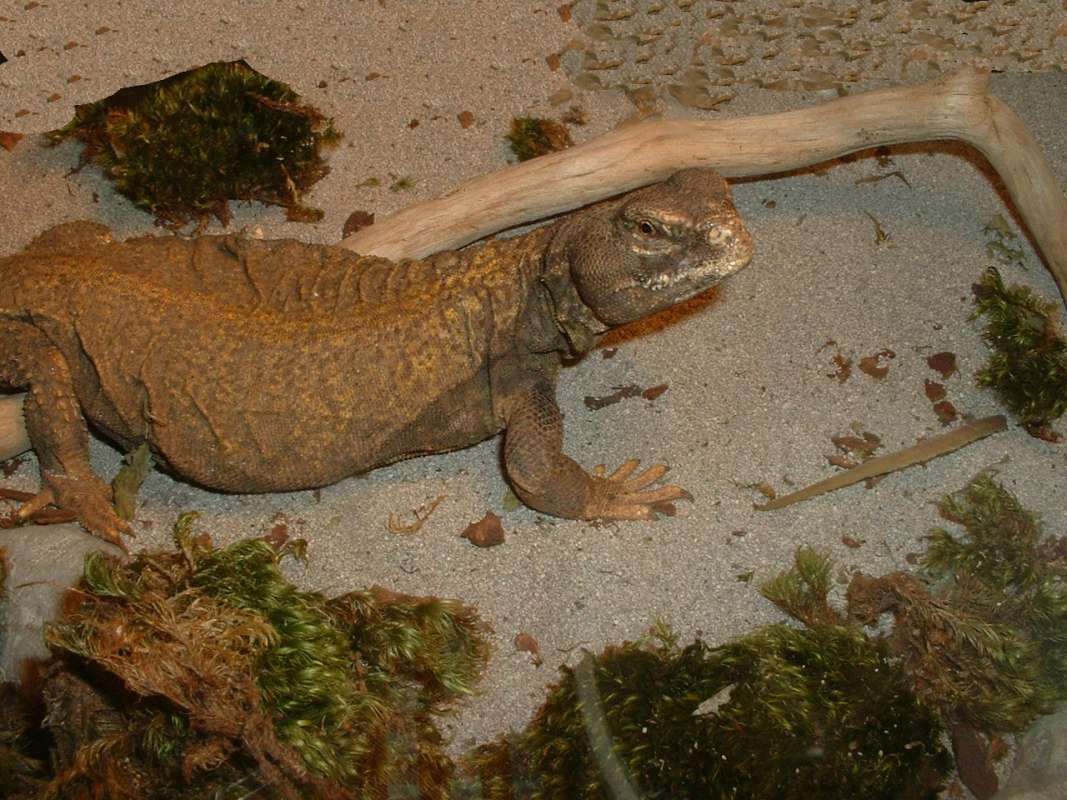SPECIES INFO
Mastigures or Spiny tailed Agamas (Uromastyx) genus per Mathey (1996) contains 14 species with another six named subspecies. These lizards are found in northern and northwestern Africa and east into India. The rather stubby tail with unusual circular scale patterns helps identify members of this genus. These lizards are primarily plant eaters. These lizards are adjusted to regions of low humidity.
Agamid lizards (Agamidae) are found from Europe and Africa east to Australia. This family also include the unusual Draco Lizards of Indo-Australia which soar from tree to tree with the aid of a skin piece stretched between their legs. There are about 300 species in this family. There are about 70 species found in Australia which includes many terrestrial species.
In the Manthey Agamid book published in 1996, they state there are 340 species in the Agamid family.
Lizards and Snakes (Squamata Order) share many common characteristics and consequently they are grouped in a single order. There are greater differences between some groups of lizards than there are between other groups of lizards and snakes. The same is true of snakes. Lizards and snakes share a common skull shape.
There are perhaps 4,000 species of lizards and perhaps 2,700 species of snakes alive today. In the Great Big Book of Snakes and Reptiles published in 2014, they noted the above estimates.
Reptiles (Class Reptilia) are an ancient group of scaled chordates. These scales may be permanently joined, as in the turtles, or flexible, as in the snakes. Reptiles are land-based. Their eggs are laid on land and the young are air breathing.
In the Great Big Book of Snakes and Reptiles published in 2014, they noted that there are more than 7,000 species of reptiles alive today.
Backboned Animals (Phylum Chordata) are the most advanced group of animals on earth. These animals are characterized by having a spinal cord or backbone. Most members have a clearly defined brain that controls the organism through a spinal cord. Fish, amphibians, reptiles, birds, and mammals are in this phylum.
Currently, some taxonomists believe that the fish should be divided into two groups (sharks and regular fishes) and that there are some other primitive groups in the phylum such as hagfish or lampreys.
Animal Kingdom contains numerous organisms that feed on other animals or plants. Included in the animal kingdom are the lower marine invertebrates such as sponges and corals, the jointed legged animals such as insects and spiders, and the backboned animals such as fish, amphibians, reptiles, birds, and mammals.

